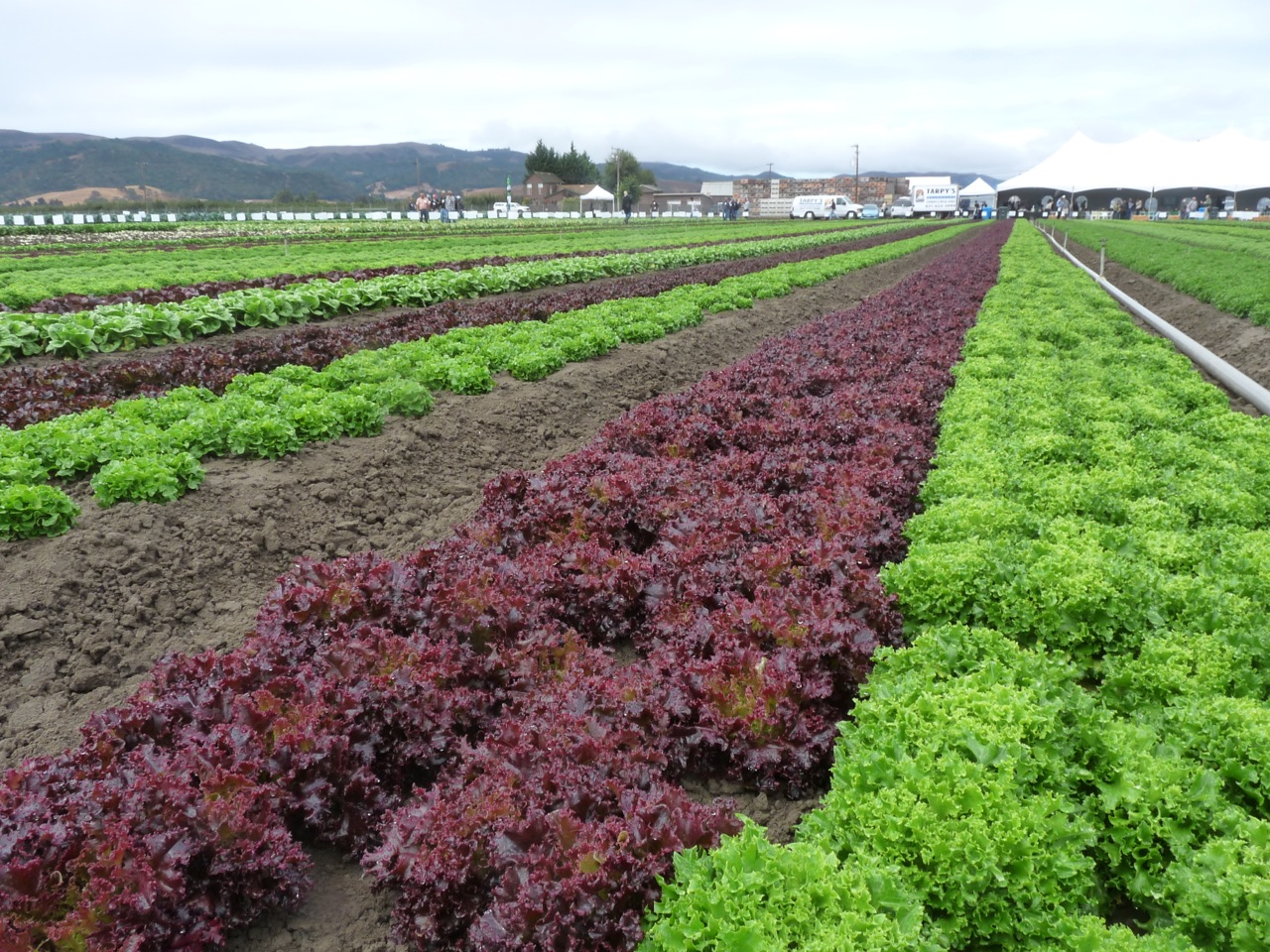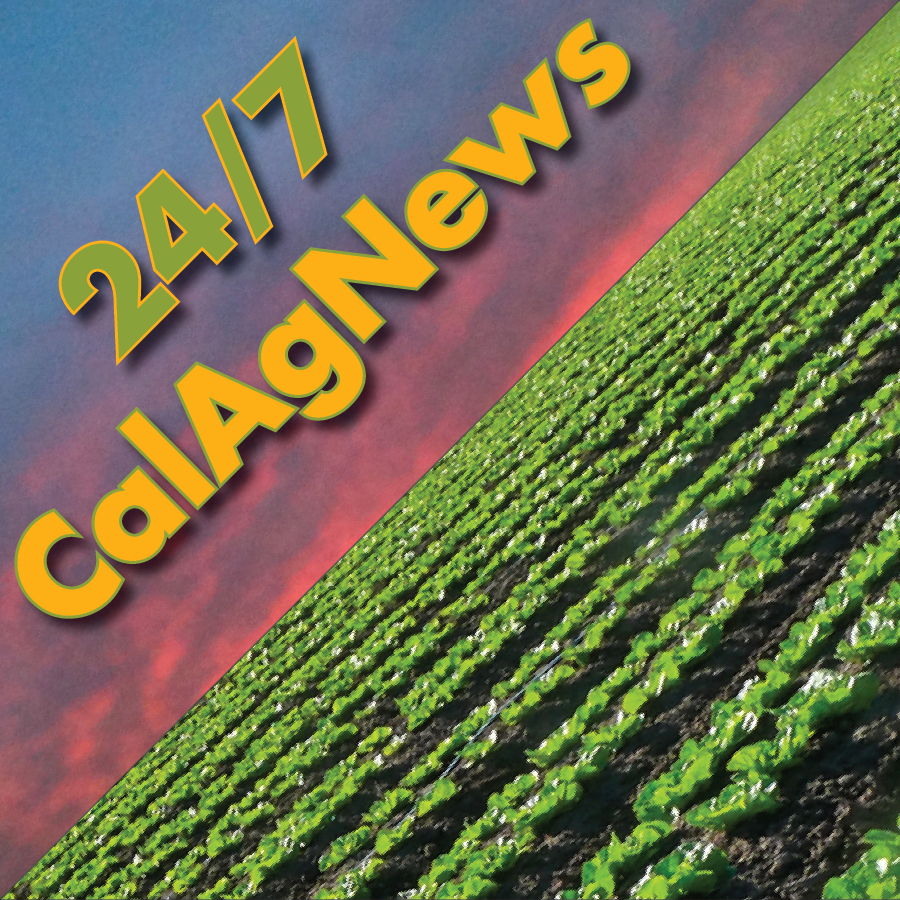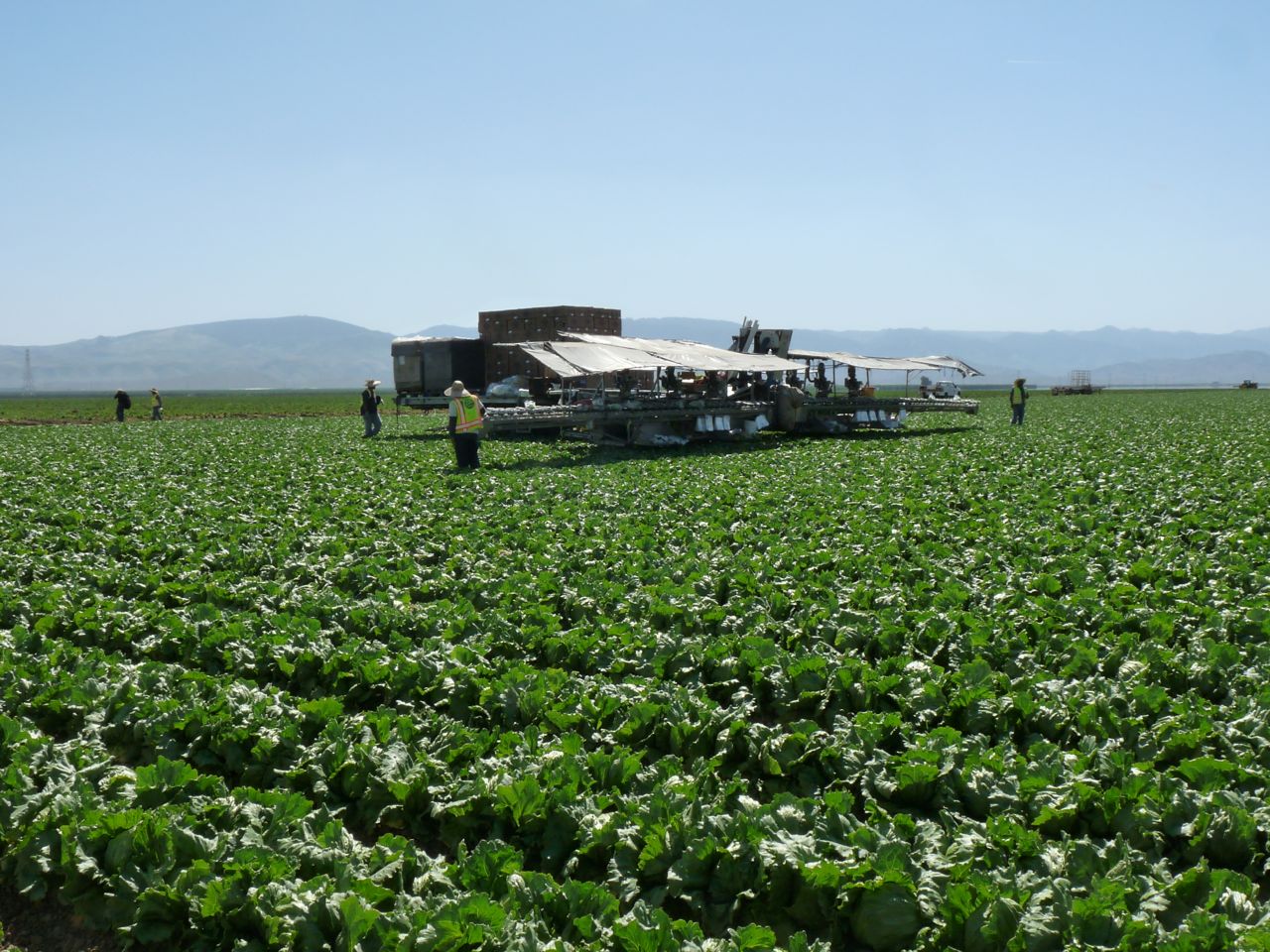California FARMS Leadership Program Aims to Get Youth in Ag Business
Christine McMorrow Heads up FARMS Leadership Program
By Colby Tibbet, California Ag Today Reporter
California-based “Farming, Agriculture, and Resource Management for Sustainability,” or FARMS Leadership Program, is a special Center for Land-Based Learning program that provides innovative, hands-on experiences to urban, suburban and rural youth at working farms, agri-businesses and universities.
“We currently serve students in 10 California counties, seven sites throughout the state, and because agriculture is becoming such a key issue in California and more people are becoming interested in farming practices, knowing where their food comes from, and how it’s grown,” said Christine McMorrow, FARMS Leadership Program Director.
McMorrow said, “Our primary goal is to get high school students out on farms and ranches, into Agri-businesses, learning about jobs in agriculture, especially jobs that go beyond production agriculture. Those jobs that involve science, technology, engineering, and math,” said McMorrow.
As industry partners are always looking for qualified people, McMorrow explained, “We want to help generate those qualified people, so we are getting students from ag backgrounds and students who are not from ag backgrounds and exposing them to the wide variety of careers available to them in agriculture.”
She said the best way to enable those students to know what all the different jobs in agriculture is to get them to where the work is happening.“We give them opportunities to do work on these farms and in these businesses. We also make sure they have plenty of opportunities to speak with people working there and find out how they became interested in agriculture and how they got to where they are today,” said McMorrow.
For more information the program, go to the FARMS website. If you represent an agricultural company that needs good qualified help, go to the Center for Land-based Learning website for contact information.




















